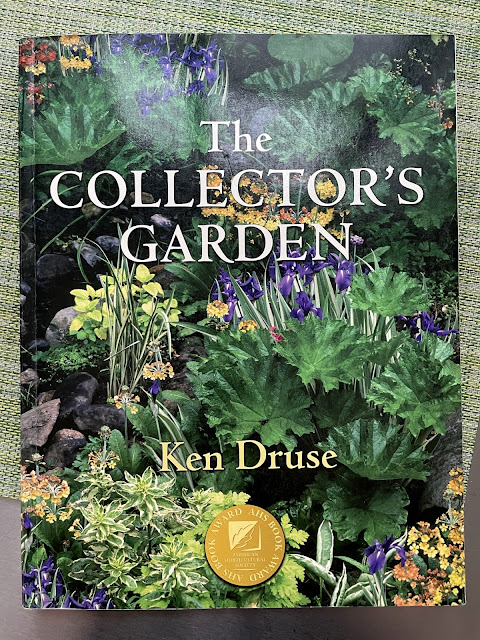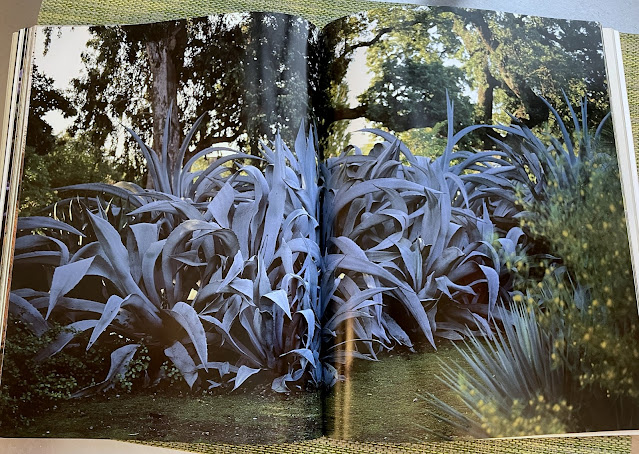Welcome to Chapter 2 of Book Bits—a quick look at the garden books I've been reading, along with a bit of brief commentary.
I long to be able to grow the gorgeous aeonium and echeveria my friends in California can grow, but since I can't I make do with sempervivum, hardy alpine hens and chicks. I feel like they should be my easy, go-to succulent, right?
Right. I thought I was doing pretty good until I visited the Denver area as part of the 2019 Garden Bloggers Fling. Oh my! Those people can grow sempervivum! Inspired by what I saw there I ordered Sempervivum: A Gardener’s Perspective of the Not-So-Humble Hens-and-Chicks by Kevin C. Vaughn (Schiffer Publishing, 2018). Perhaps this book would unlock the secrets?
Not so much. I should have known this book might not be fore me, since I can't even manage to keep the names straight on the sempervivum I do have (my issue, not the book's, obviously). There are however are a couple of bits from the book I thought I would pass on. The first one has to do with the sheer multitude of sempervivum there are, and this is just referring to the natural hybrids, not the fancy ones proliferating the marketplace.
Confusing.
And then there's this! It's so sad when I bring home a new 4" pot of some sempervivum and plant it out only to have it decide to bloom a few weeks later. Since they're monocarpic that's not ideal. Maybe knowing this will help...
— — —
Next up; American Roots: Lessons and Inspiration from the Designers Reimagining Our Home Gardens by Nick McCullough, Allison McCullough, and Teresa Woodard (Timber Press, 2022).
I checked this one out from the library and read it on my iPad. That right there should tell you a little about the book, as I do not read most garden books on my iPad, that's reserved for fiction, novels. This one however I really enjoyed reading in that format. The stories about each garden maker (designers), were so engaging that I found it hard to put down when it was time to go to sleep. I was surprised that I'd visited a couple of the gardens profiled in the book; that of Tait Moring and Scot Eckley, and enjoyed learning about the ones I had not. It's a good read, stories about gardeners—not at all what I was expecting, which was fancy talk about fancy gardens.
— — —
The next book is a modern oldie, The Collector's Garden by Ken Druse. It was originally released in 1996 in hardback form, by Clarkson Potter, then re-released in 2004 as a paperback from Timber Press. A Facebook friend mentioned learning about Marcia Donahue's garden via this book—Dan Hinkley was visiting Marcia recently and posted photos on Facebook—that sent me searching my shelves as I was sure I had the book somewhere...


























































